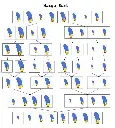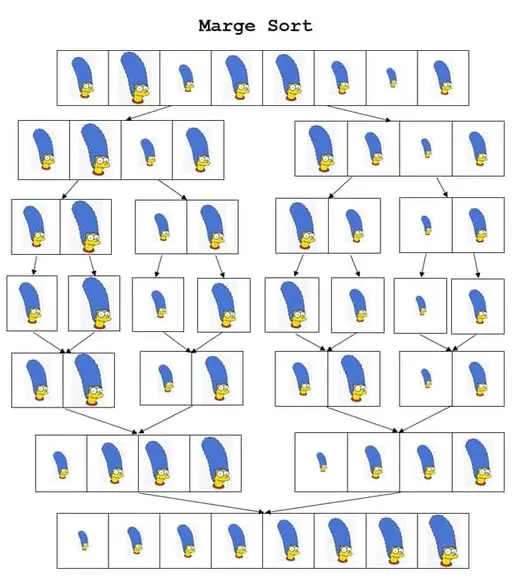Marge Sort
Marge Sort


Marge Sort


How does the last step sort an of the sizes? Why even have all the other steps if that one can do it all?
When you merge two sorted lists, you only have to compare the first element of each, since you can trust that all of the other elements are bigger. All the steps before that are there to make sure that is true.
The one and only way to learn sorting algorithms: https://youtu.be/dENca26N6V4
I'd watch this if I didn't know about programming just for the sheer weirdness
If you want to zipper two sorted lists, you compare the first element of each list, pick that first, take the next element of that list, rinse & repeat until one list runs out and then just chuck the entire rest of the other list in the remaining space, even if that's just one element. Since your two initial lists are already sorted, you can trust the combined list to also be sorted.
So the point is that always only exactly 2 elements are compared and so you first have to split everything into groups of 2. Seems very inefficient for larger datasets, since you need to handle every single item over and over again and compare so so often. But not a sorting and comparison expert, so no idea if human sorting logic applies at all.
Step 4 seems to do nothing?
Step 4 splits the pair above into single elements, from step 5 on the groups are getting merged.
Oh right, okay.